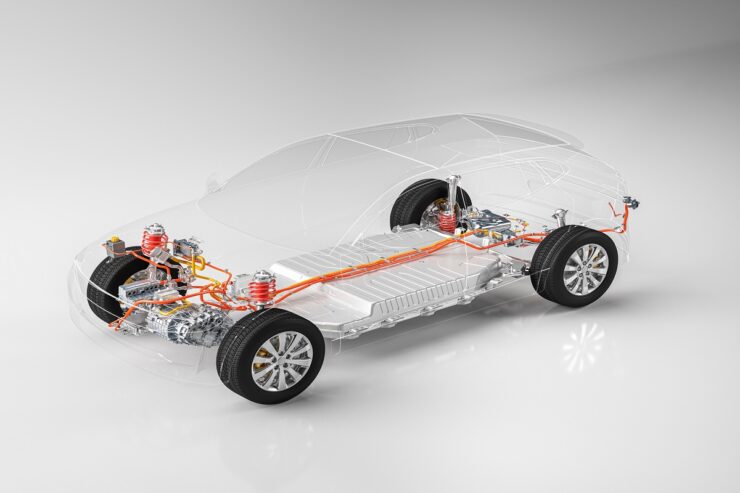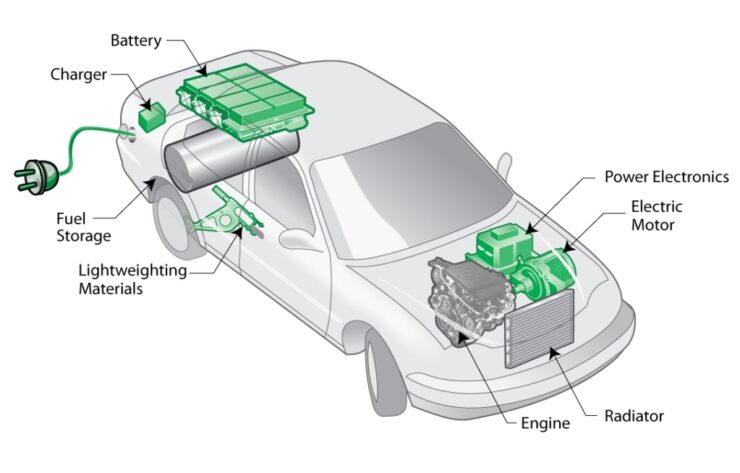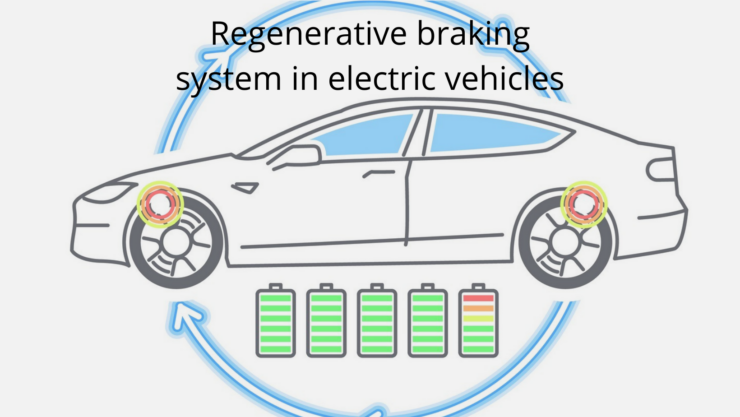All-electric vehicles have emerged as a game-changing alternative to cut carbon emissions and pave the way to a more sustainable future in the fast-growing environment of automotive technology. These engineering marvels use the power of electricity to move automobiles, with electric motors substituting typical internal combustion engines. But how do all-electric vehicles work?
The Electric Vehicle Course is a comprehensive program designed to provide participants with in-depth knowledge and understanding of how electric vehicles (EVs) work. The course delves into the intricate details of EV components, systems, and principles to equip learners with the necessary skills to excel in the field of electric vehicle technology.
This blog will dig into the inner workings of these environmentally friendly machines, examining the main components, charging infrastructure, and driving experience that makes electric automobiles a tempting option to their fossil fuel-powered counterparts. So buckle up and come along with us on this fascinating journey into the world of all-electric automobiles.
Electric Motors: The Powerhouse of All-Electric Cars

- Source: pinterest.com
Electric motors are the heart of all-electric vehicles, providing the propulsion required to propel the vehicle forward. Unlike traditional automobiles’ complicated internal combustion engines, electric motors are simpler in design, more economical, and provide various advantages.
An electric motor is made up of two parts: a fixed component called the stator and a spinning component called the rotor. A sequence of wire windings in the stator produces a magnetic field when an electrical current flows through them. The rotor, on the other hand, is made up of a collection of permanent magnets or electromagnets that interact with the magnetic field produced by the stator.
A spinning magnetic field is created when electric current travels through the windings in the stator. This magnetic field interacts with the rotor’s magnets, causing it to spin. The mechanical energy required to push the vehicle is generated by the rotation of the rotor.
The capacity of electric motors to produce immediate torque is one of its key advantages. The rotational force that causes an item to rotate is referred to as torque. Electric motors may deliver full torque from the outset, allowing for swift acceleration and responsiveness. This trait is especially useful in city driving or scenarios requiring quick maneuvering.
Furthermore, electric motors are more efficient than internal combustion engines. Internal combustion engines squander a significant amount of energy as heat, whereas electric motors convert a greater percentage of electrical energy into mechanical energy. This efficiency leads to a greater range and more efficient total energy use.
Electric motors also have fewer moving parts than internal combustion engines, which means less maintenance and a decreased risk of mechanical failure. The absence of complicated components such as pistons, valves, and a gearbox system simplifies and boosts the dependability of the motor’s functioning.
Energy Storage: The Role of Batteries
- Source: youtube.com
In all-electric vehicles, energy storage is critical, and batteries are the primary way of storing and transferring electrical energy to power the vehicle. Batteries in electric vehicles are responsible for supplying the electricity required to operate the electric motor as well as other auxiliary systems in the vehicle.
The lithium-ion battery is the most popular type of battery used in electric vehicles. Because of its high energy density, longer lifespan, and relatively lightweight compared to other battery chemistries, lithium-ion batteries have become the favored choice. Let’s go deeper into the importance of batteries.
Structure and Components: A typical lithium-ion battery used in electric vehicles is made up of numerous main components, including:
Cathode: The cathode is the battery’s positive electrode, and it is generally made of a lithium-based substance such as lithium cobalt oxide (LiCoO2), lithium iron phosphate (LiFePO4), or lithium nickel manganese cobalt oxide (NMC). During charging, the cathode stores lithium ions and releases them during discharge.
Anode: The anode is the battery’s negative electrode and is often constructed of graphite. Lithium ions are released from the cathode during charging and flow through the electrolyte to the anode, where they are stored. The lithium ions migrate from the anode to the cathode during discharge.
Electrolyte: The electrolyte is the medium that permits lithium ions to travel between the cathode and the anode. It is often a liquid or gel-like compound comprising lithium salts mixed in an organic solvent, such as lithium hexafluorophosphate (LiPF6).
Separator: A separator is a thin, porous material that is put between the cathode and the anode to avoid direct contact while enabling lithium ions to flow through. The separator prevents short circuits and assures the battery’s safe functioning.
Electrolyte Additives and Conductive Additives: To improve performance and safety, batteries may also contain electrolyte additives and conductive additives. These additions can increase the stability, conductivity, and overall efficiency of the battery.
Functioning
When an electric automobile is connected for charging, electricity from an external power source is utilized to recharge the battery. During charging, a voltage is given to the battery, forcing lithium ions to travel through the electrolyte from the cathode to the anode. This is known as the battery’s “charging” phase.
When the electric vehicle is in operation, the stored energy in the battery is drained to power the electric motor. During this discharge phase, lithium ions flow through the electrolyte from the anode to the cathode, releasing electrical energy in the process. This energy fuels the electric motor, moving the car onward.
Regenerative Braking: Capturing Energy While Slowing Down
- Source: pinterest.com
Regenerative braking is a technology that allows electric vehicles to harvest and reuse energy while slowing down or stopping. Regenerative braking turns kinetic energy back into electrical energy, which is stored in the car’s battery, rather than releasing it as heat. This technique boosts the overall efficiency of electric vehicles, extends their range, and decreases energy loss when braking.
Charging Infrastructure: Fuelling the Future
The network of charging stations and facilities designed to supply electric cars (EVs) with the energy needed to recharge their batteries is referred to as charging infrastructure. It is critical in promoting the broad use of electric vehicles and assuring their ease and accessibility for drivers.
Charging infrastructure includes a variety of charging stations, such as:
- Home Charging
- Public Charging
- Fast Charging
Range Anxiety: Debunking Misconceptions
Range anxiety is the fear or concern that electric vehicle (EV) drivers may have about running out of battery power before reaching their destination or finding a charging station. However, it is crucial to remember that range anxiety is frequently based on misunderstandings and may not truly represent the capabilities and improvements of current electric vehicles.


